Language
WORLDWIDE SHIPPING
Minitemper professional chocolate tempering machine by Pavoni Professional
was
€1,949.00
Special Price
€1,890.00
€1,549.18
Availability:
In stock
A mini tempering machine with a big heart.
Minitemper is the small-sized bench tempering machine, easy to use and with an excellent quality / price ratio.
The Minitemper bench tempering machine has low consumption, an interchangeable tank (2nd tank on request), tank rotation, also works with very little chocolate.
The machine melts the chocolate up to the programmed temperature (45 ° / 50 ° C) and then brings the liquid chocolate to the cooling temperature (for example 28 ° C)
The temperature is held automatically for an adjustable period of time.
The temperature is controlled by a very precise electronic thermostat capable of managing up to 5 programs. You can adjust the heating temperature, the cooling temperature or the pause time.
Minitemper keeps the chocolate in tempera for several hours, also thanks to the customizable programs.
The pans are interchangeable, for maximum ease of use and reduction of downtime.
Structure and basin are made of AISI 304 stainless steel, transparent lid in PET to maintain the temperature in full compliance with hygiene regulations.
Weight: 16 Kg
Dimension: 400 x 400 x 420 h mm
Electric power: 300 Watts
Capacity: 5 L / 3 Kg
Electric voltage: 220/240 - 50 (on request 220/240 - 60 and 110 - 60) Volt - Hz
2 year guarantee
Shipping times: 6/8 days
FAQs

 IT
IT FR
FR
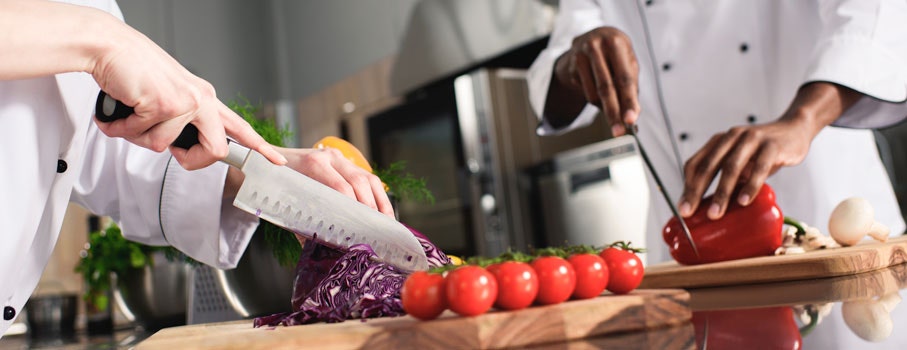
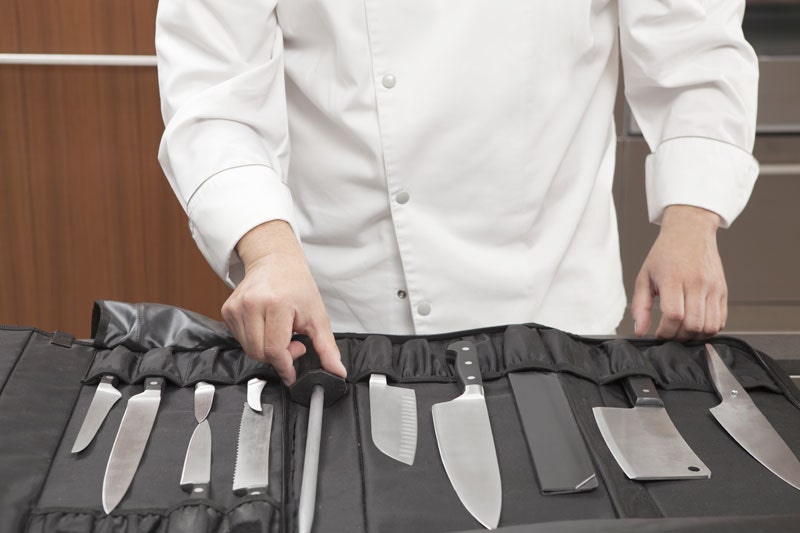
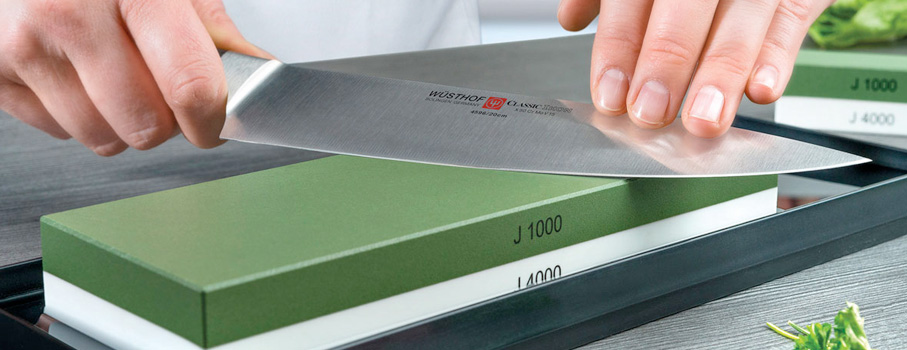
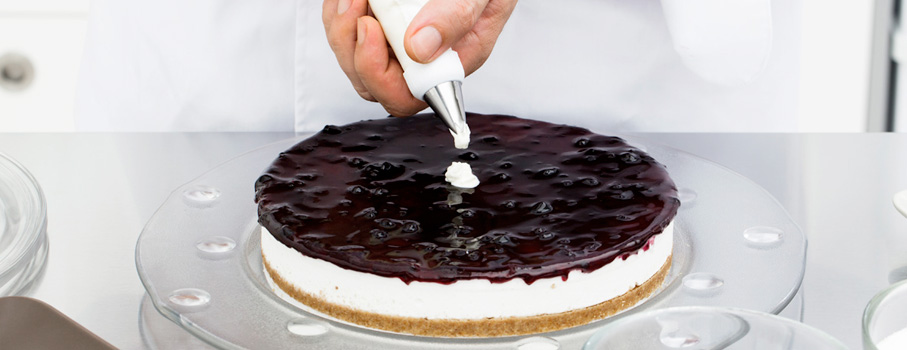

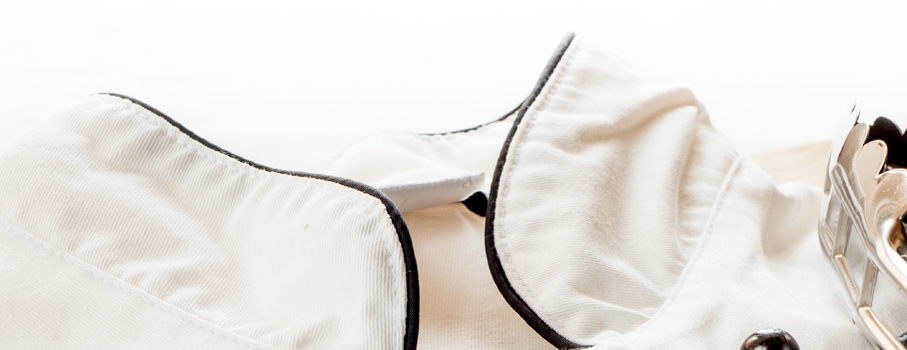
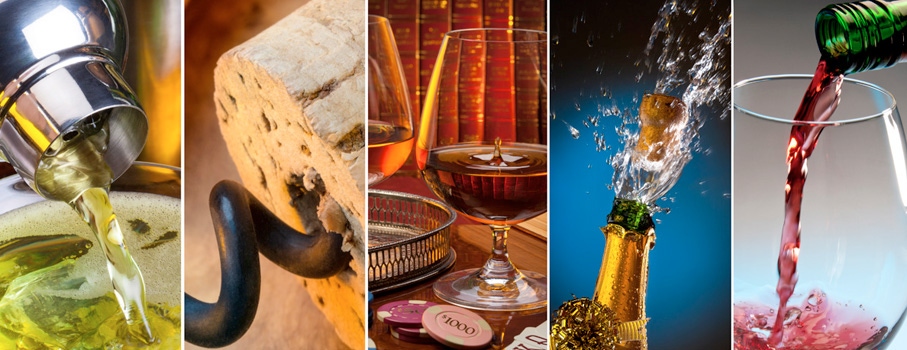
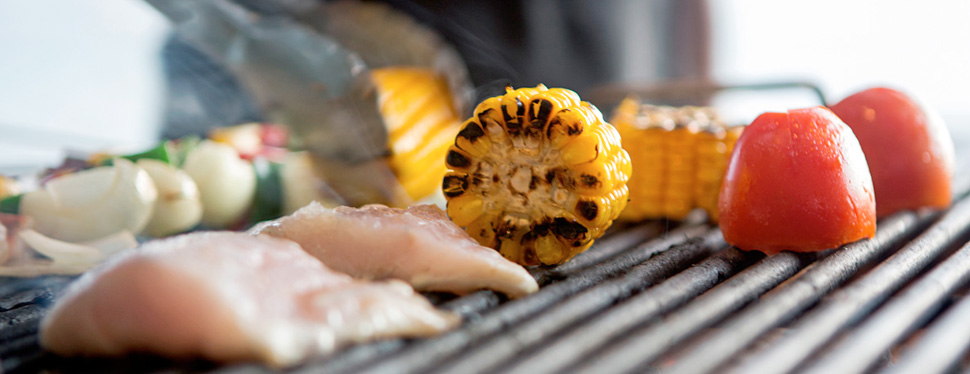

 IT
IT FR
FR
